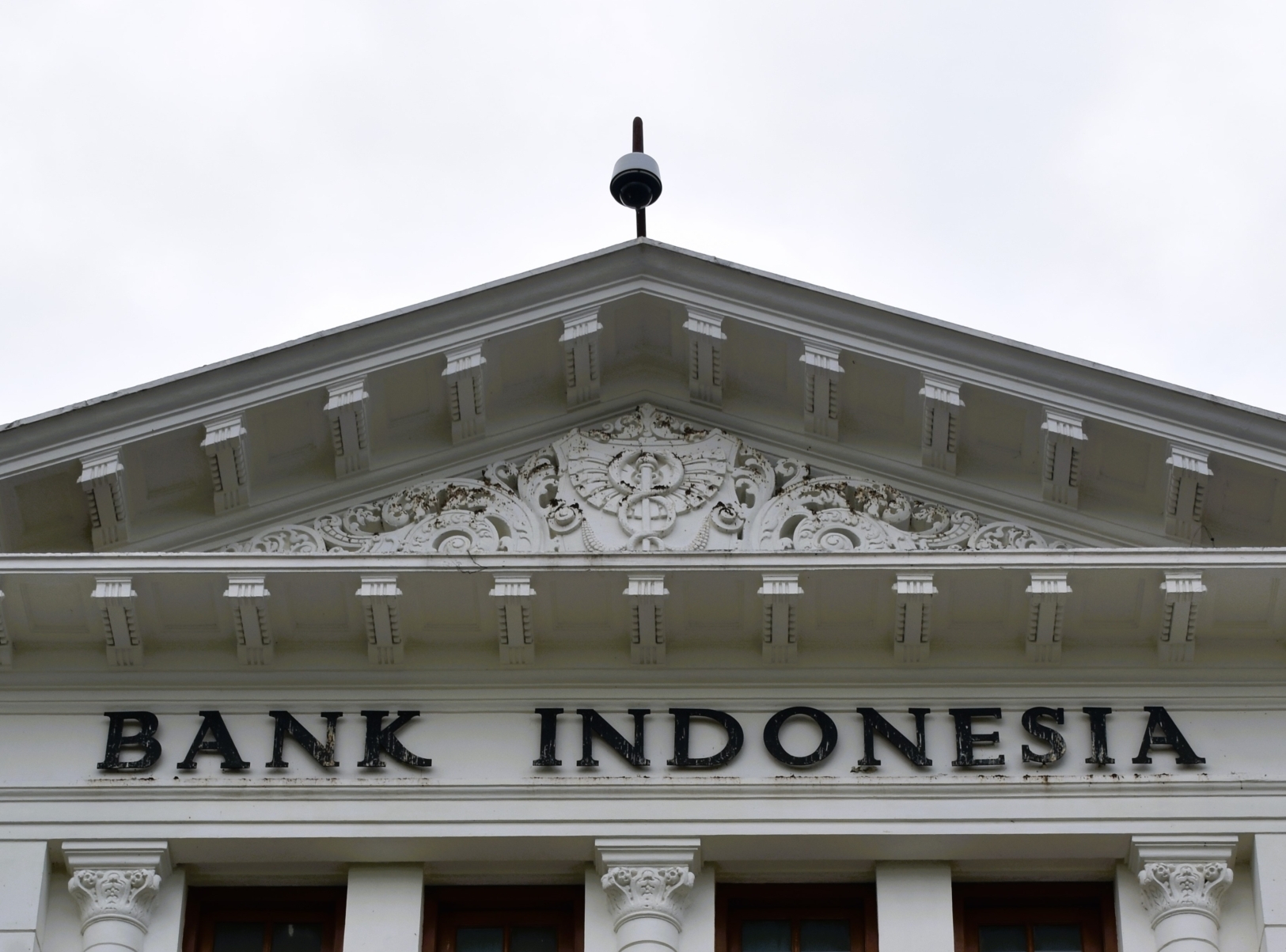Singapore Green Jet Fuel Levy on Travellers Ignites Funding Debate
Bank Indonesia Maintains Its Key Rate As Hawkish Fed Bets Sink Rupiah

Indonesia’s central bank held steady for the seventh day in a row to help the rupiah weather an emerging-market selloff caused by the likelihood of further Fed tightening.
On Thursday, Bank Indonesia maintained the seven-day reverse repurchase rate at a four-year high of 5.75%, as expected by 28 of 30 economists polled by Bloomberg. Two economists predicted a quarter-point hike to return the benchmark to 6%, the level last seen in 2019.
The action follows Governor Perry Warjiyo’s indication on Tuesday that the monetary authority does not have to match the Fed’s pace, even though a quarter-point increase in the US would bring both countries’ policy rates to unprecedented parity.
Bank Indonesia, according to Warjiyo, can sufficiently stabilize the rupiah through its “Operation Twist” bond market actions, propping up short-term yields to entice inflows. However, changing investor interest is a difficult task – according to Bloomberg data, foreign funds have already sold $127 million in Indonesian bonds this month.
The US dollar has been appreciating versus emerging-market currencies this month, owing to signs that the Fed may hold interest rates higher for longer while the country avoids a recession. The rupiah has lost nearly 1% so far this month, however it has recovered some of its losses in the last three days.
A global economic collapse, which is rapidly depleting Indonesia’s trade surplus, is adding to the currency pressure. In the second quarter, the current account deficit reverted to $1.9 billion. Foreign reserves remain adequate, notwithstanding a lackluster response to a Bank Indonesia program to attract dollar export revenues.
While the prospect of rate hikes has resurfaced among experts, Bank Indonesia remains hesitant of further tightening due to concerns that economic growth may decelerate in the second half of 2023. Bank lending, retail sales, and consumer confidence are all decreasing. Inflation has long returned to the central bank’s 2%-4% goal range, and the BI expects it to remain there.
According to Warjiyo, the global outlook remains uncertain, with a slower recovery in China hurting the global economy. This demands a strong policy response to limit contagion risks, he said, while maintaining Indonesia’s economic growth forecast of 4.5%-5.3% in 2023.
According to Warjiyo, credit demand increased by 8.54% in July, and the BI expects lending requirements to rise in accordance with the domestic economy’s solid development.
To help support the economy, Bank Indonesia has already announced that beginning in October, banks will be able to reduce their reserve requirement ratio by roughly half when lending to priority industries.

